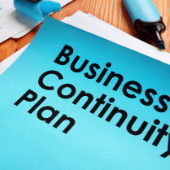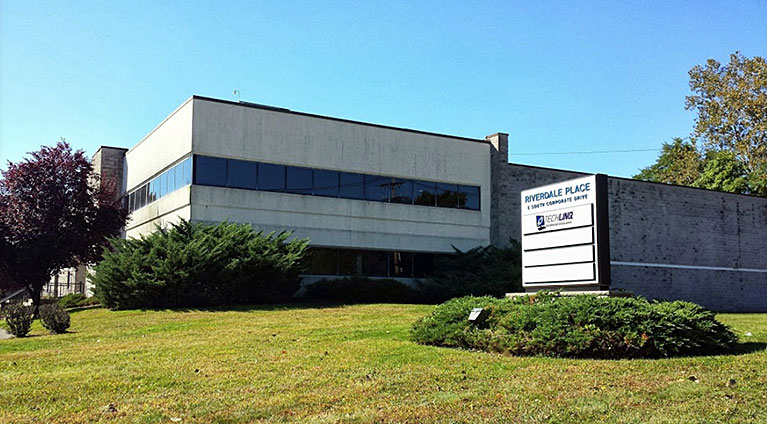
Multiple things can disrupt the operations of small- to medium-sized businesses (SMBs), such as natural disasters or cyberattacks. This can lead to lost revenue, or in some extreme cases, business closure. But having a concrete business continuity plan (BCP) in place will help your business recover quickly after a disaster.
What is a BCP?
A BCP is a predefined set of protocols on how your business should respond in the event of an emergency or natural disaster. It contains contingency plans for every aspect of your organization, including human resources, assets, and business processes.
Key threats to business continuity
Various types of threats can affect SMBs such as:
Natural disasters – These are natural phenomena such as storms, earthquakes, and wildfires.
Man-made disasters – These include cyberattacks, intentional sabotage, and human negligence.
Equipment and utility failures – These include unexpected power failure, internet downtime, and disruption of communication services.
How to build an effective BCP
If your organization does not have a BCP in place, now is a good time to put one together. These steps will help you formulate an effective BCP that will ensure your company keeps running even during a major crisis.
-
#1 Business impact analysis (BIA)
A BIA will help you determine how a disruption can affect your company’s current functions and processes, such as personnel, equipment, technology, and physical infrastructure. This step will help you calculate the potential financial and operational loss from each function and process affected.
-
#2 Recovery options
This step will help you identify key resources essential to returning your business to minimum operational levels. Some recovery options you can take include letting employees work from home or operating from a secondary location.
-
#3 Plan development
This step involves assembling your company’s continuity team, which will be responsible for developing and implementing your BCP.
-
#4 Testing and training
Once your BCP is in place, your continuity team needs to perform regular tests to identify gaps and make necessary changes to ensure the plan’s effectiveness. They also need to conduct regular training for your employees so everyone knows their respective roles when a disaster strikes.
Having a foolproof BCP is a great way to ensure your business can quickly bounce back after a major disaster. If you’re thinking about creating a BCP for your company but don’t know where to start, give us a call today.



